Spices Products
Spices Products
We bring you the authentic handpicked spices from the Islands of Indonesia through our network of approved farmers and suppliers.
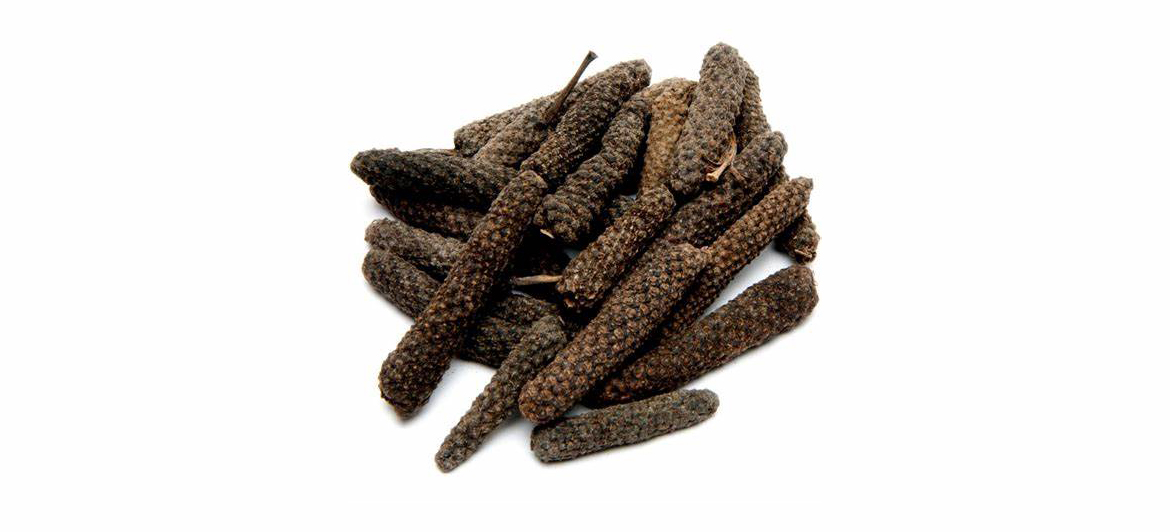
Long Pepper
Long Pepper, also known as piper longum, Thippili, Pippali, Pipal, Bengal Pepper, Lada Panjong in various regions around the world. Long Pepper is native to India and Indonesia. It has a similar, but hotter, taste compared to Black pepper. In appearance, long pepper has several tiny berries, which merge to form a single, rod-like structure. It is a major component in the Ayurvedic medicines. long pepper is used to improve appetite, digestion, respiratory function.
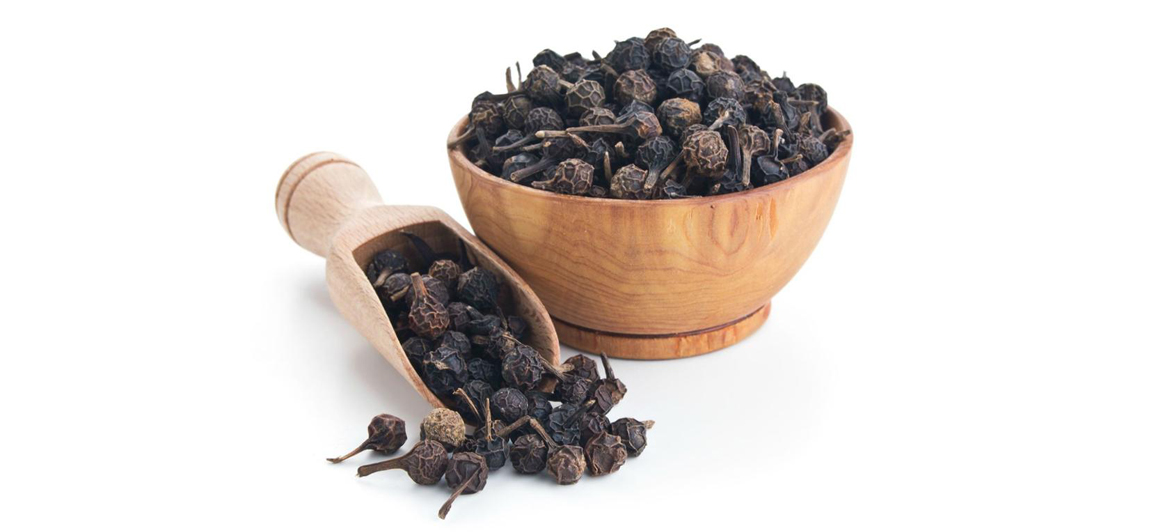
Cubeb
Piper cubeba, cubeb or tailed pepper is a plant in genus Piper, cultivated for its fruit and essential oil. It is mostly grown in Java and Sumatra, hence sometimes called Java pepper. cubeb has a peppery, bitter, pungent flavor that’s tinged with a hint of allspice and nutmeg. cubeb is used as spice to flavour many dishes and also for treating various ailments. The fruits has carminative, diuretic, expectorant, stimulant, stomachic, irritant, sedative, anti-dysenteric, and antiseptic properties and useful in the treatment of cold, cough, bronchitis, respiratory infection, and reproductive system related problems. Its essential oil is widely used in Aromatherapy.
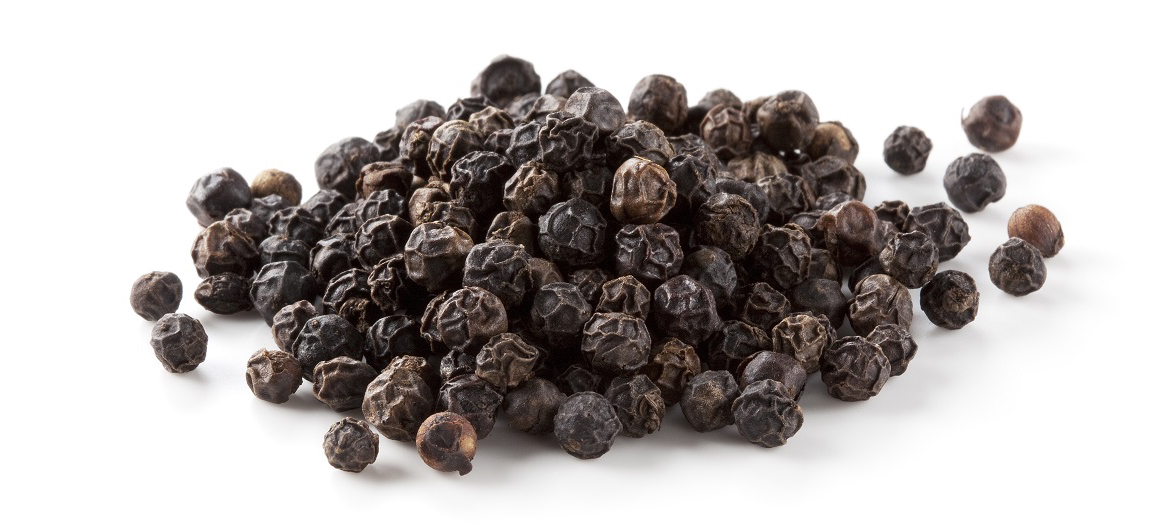
Lampung Black Pepper
Pepper is the most traded and used spice in the world. We brings to you the authentic black pepper from the Lampong, a province of Sumatra Island. Lampong peppercorns are world famous for its quality and aroma. These Peppercorns are very strong in aroma and taste and can be stored for many years without losing its flavour. It has medicinal properties for fighting colds, flu and infections, to energize, increase circulation, to warm and relieve muscle aches and stiffness etc.
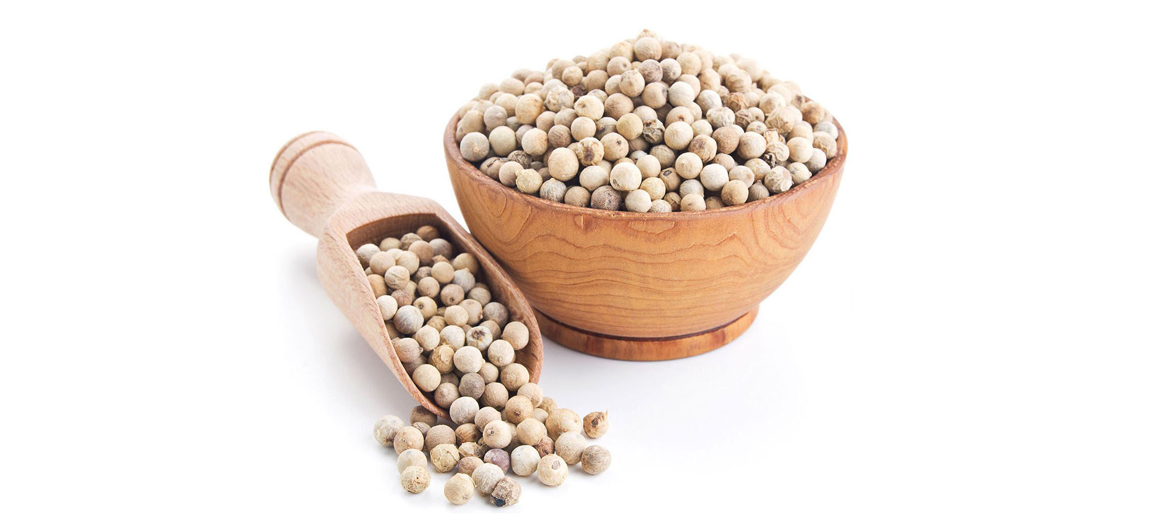
Muntok White Pepper
We offer world’s most premium white pepper processed in the village of Muntok, located on the Indonesian island of Bangka. White Pepper is made from peppercorns by soaking it in water for around 7 days until the black shell falls off. After removing the black outer shells, remaining white colored berries are dried in the sun and packed. White pepper is often used in dishes like light- coloured sauces or mashed potatoes, where the black particles of outer skin would visibly stand out.
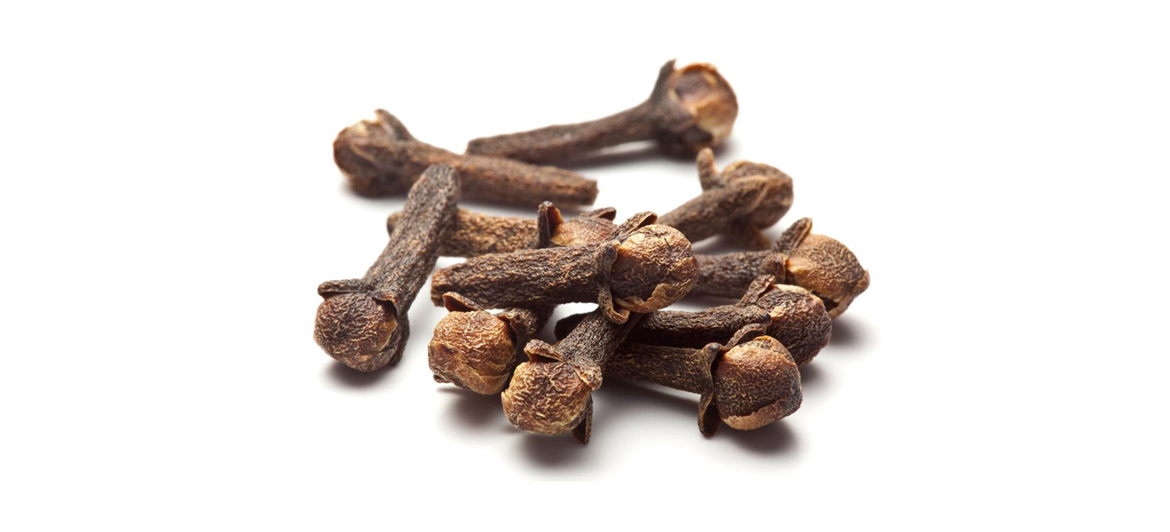
Clove
Cloves are the unopened pink flower buds of a tree in the family Myrtaceae, Syzygium aromaticum. The buds are picked by hand when they are pink and dried until they turn brown in colour. Clove is native to Indonesia, Madagaskar and India, and are commonly used as a spice. It is extracted for oil which is known for its Antifungal, antiseptic and stimulant properties. It is also an effective agent for minor pains and aches, particularly dental pain because of its numerous effects on oral tissues.
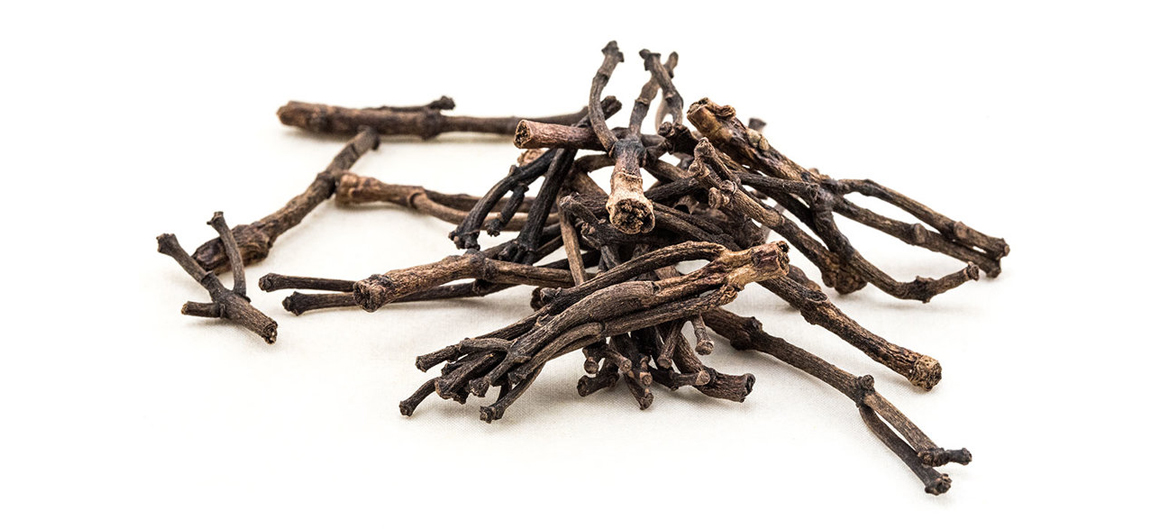
Clove Stem
Clove Stem posses the same flavour and aroma of the Cloves. It is mainly used in Manufacture of Oil. Clove stem oil is widely used in the soap, candle, oral care and perfume manufacturing industries the world over.
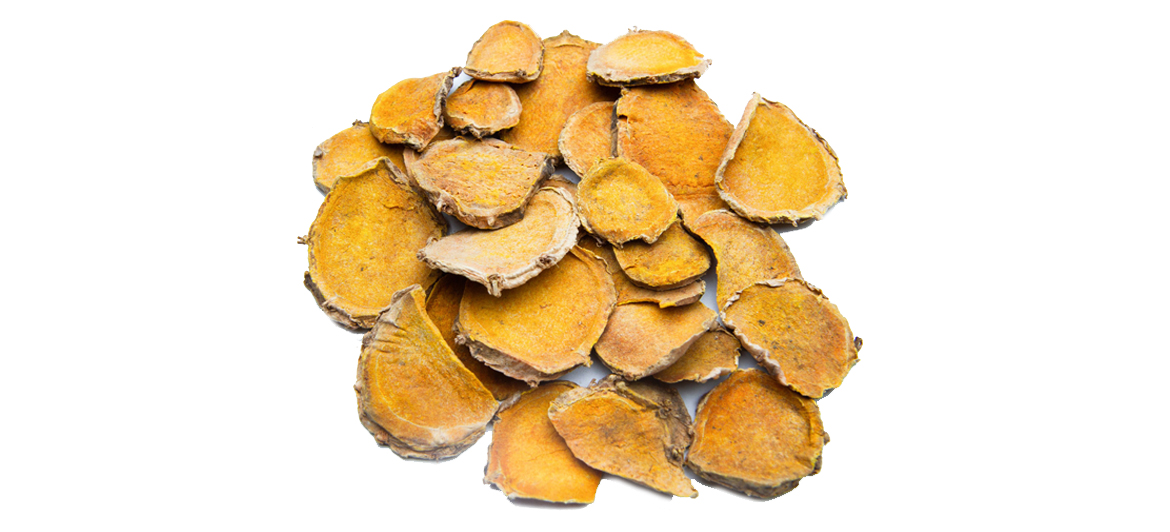
Curcuma Temulawak
Temulawak (Curcuma xanthorriza Roxb) or Javanese ginger is a rhizomes which is known for its medicinal properties since centuries. It is believed to have anti-inflammatory, anti-oxidant, anti- hepotoxic, Anti-Neoplastic, anti-tumor, anti-bacterial and anti-aging effect. This is used as medicine for curing Hepatitis, inflammation, indigestion, skin deceases and to improve appetite.
It has been used for centuries in India as a natural Ayurvedic beauty product. Temulawak is known for its health augmenting properties and skin care benefits, and the glow enhancing herb is primarily used in cosmetic products.

Nutmeg
Nutmeg is the seed harvested from the trees of Myristica fragrans. It is the only tree which is the source of two distinct spices in the world. The nutmeg, from its seed, and mace, from the seed covering. Once ripe, the fruit will open, revealing the nut, which will fall to the ground to be collected, or it can be picked just before falling. The red-colored webbing (known as mace) then be carefully removed, leaving the nutmeg which is covered by a hard shell. The seed is dried in the sun for a month, then crack the shells with wooden mallets for taking the nutmeg.
The nutmeg has a distinctive pungent fragrance and a warm slightly sweet taste; it is used to flavour many kinds of baked goods, confections, puddings, potatoes, meats, sausages, sauces, vegetables, and beverages. Indonesia accounting for approximately 75% of the world nutmeg production.

Mace
Mace as well as the nutmeg seeds were believed to have originated in the tropical rain forest of Indonesian Islands. Mace spice is a dried, outer aril, enveloping firmly around the nutmeg kernel. Nutmeg kernel and mace arils indeed are two separate spice products of same nutmeg fruit. However, mace characteristically composes higher concentration of certain essential oils and features refined yet intense aroma than nutmeg.
Mace has a distinct spicy-sweet taste and is used to flavour food. It is a commonly used ingredient in desserts and baked products like pies, milk custards, puddings, fruit dishes, biscuits, muffins, cakes and breads. The essential oils and nutrients present in mace powder are responsible for its medicinal value. Traditionally, it is known to be anti-fungal, anti-depressant, aphrodisiac, digestive and carminative agent. It is a good source of minerals for our health. Indonesia is the main Producer of Mace in the world covering over 75% of the World Production of Mace. Near World Monopoly of Quality Mace Production can only be found in Indonesia.
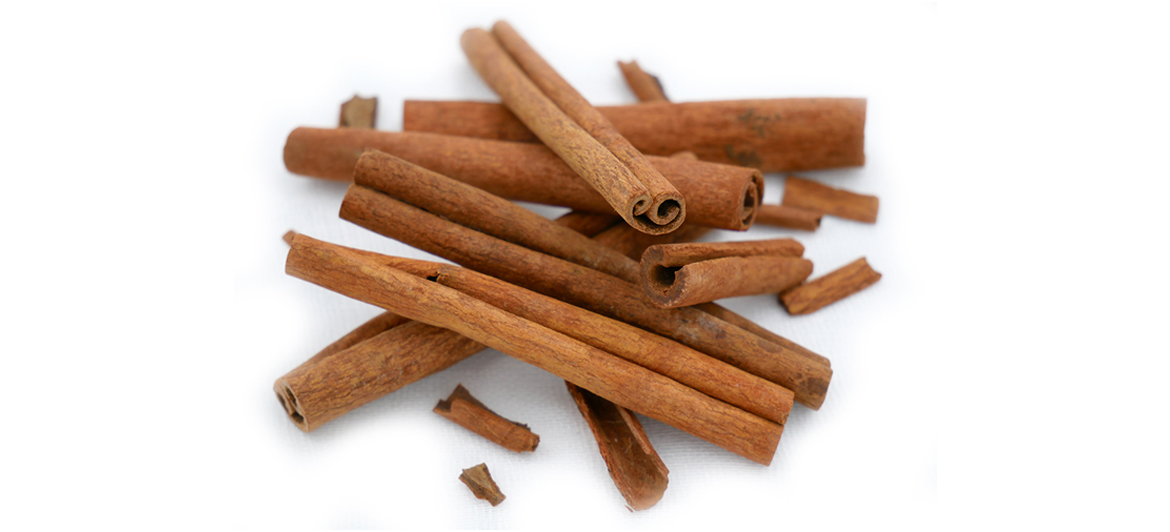
Cassia
Indonesian cassia also known as Cinnamomum burmannii, Padang cassia, Korintje cassia, is one of several plants in the genus Cinnamomum whose bark is sold as the spice cassia.
Indonesia is one of the chief suppliers of Cassia. This is because it is much cheaper than Ceylon Cinnamon which tends to be expensive because of its unique taste and the hand-crafted process needed to harvest it and roll it in multiple thin layers. Indonesian cinnamon, is much thicker (1 to 3 mm) and therefore less easy to break. The quills are outside reddish–brown, similar to Ceylon cinnamon, but the inner side of the bark is much darker gray–brown. Cassia is rolled from both sides toward the centre so that they end up resembling scrolls.
The properties of cassia and its oil are similar to those of cinnamon and comprised largely of cinnamaldehyde. It is a tonic, carminative and stimulant. It is used to treat nausea and flatulence. It is also used alone or in combination to treat diarrhoea.
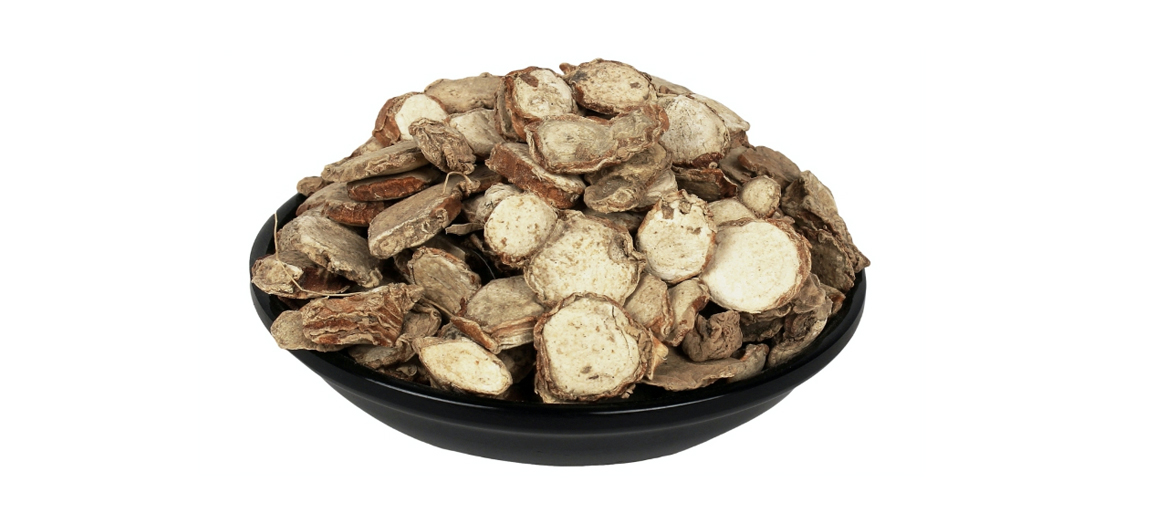
Zedoary
Zedoary is an ancient spice, a close relative to regular turmeric and native to India and Indonesia. The Arabs introduced it to Europe in the sixth century, where it enjoyed great popularity in the Middle Ages. Today it is extremely rare in the West, having been replaced by ginger. It is a substitute for arrowroot and used in Indian perfumes and in festive rituals.
Its flavour is warm and ginger-like, slightly camphorous, with a bitter aftertaste.
The plant is used traditionally to treat inflammation, pain, and a variety of skin ailments including wounds, as well as menstrual irregularities and ulcers. Zedoary is valued for its ability to purify the blood. It is an antiseptic and a paste applied locally to cuts and wounds helps healing. It is used as an aid to digestion and to relieve flatulence and colic. It is an antioxidant and is said to help sexual problems in both men and women. It is said to strengthen the uterus muscles during pregnancy and to cure male erectile dysfunctions, as well as being an aphrodisiac and anti-periodic it is also used to stop diseases recurring, and to treat colds, flatulence, digestive disorders, ulcers and gastro-intestinal problems.
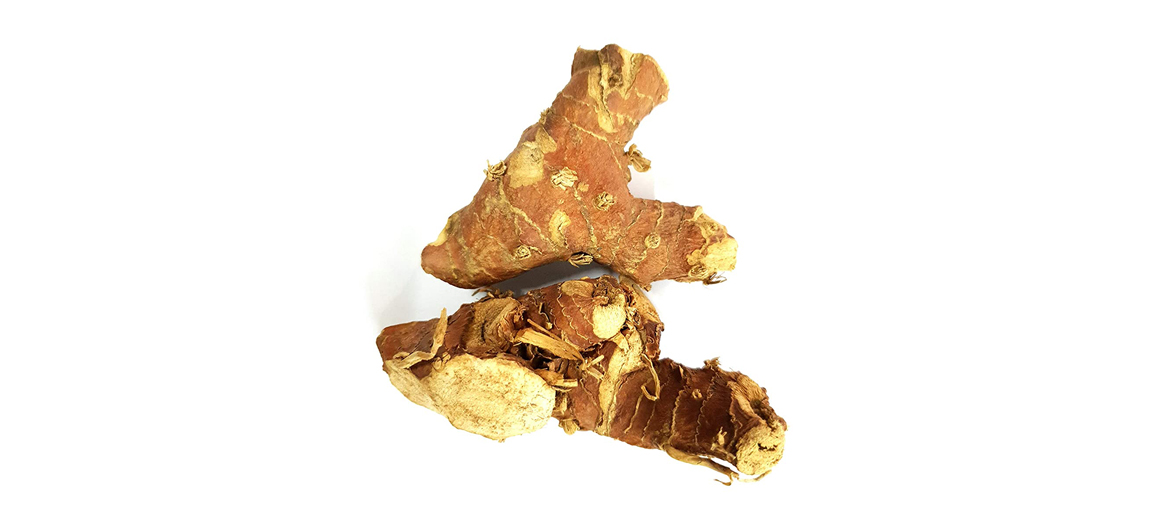
Galangal
Galangal, also known as Siamese ginger, is a member of the ginger family known as Zingiberaceae. Galangal has a sharp citrusy, almost piney flavour. It is used as a spice to flavour foods and it has lot of medicinal properties.
Galangal is an aromatic stimulant and it has Ati-Oxidant and Anti-inflammatory properties. Galangal enhances the blood circulation and increases the sperm count. It has been used as an aphrodisiac for centuries.
